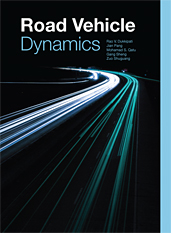Technical Paper
A Comparison of Crash Patterns in Heavy Trucks with and Without Collision Warning System Technology
2004-10-26
2004-01-2651
Collision warning systems (CWS) are a relatively new technology to reduce or mitigate motor vehicle rear-end and side impact collisions. This study compared available police-reported crash experiences of 6,143 CWS-equipped heavy trucks with the experiences of 383,058 heavy trucks without CWS. Data were from the Motor Carrier Management Information System (2000-2002). Results suggest that CWS-equipped trucks had a significantly lower proportion of crashes involving other moving vehicles and a significantly lower proportion of multiple vehicle crashes compared to trucks without CWS, (40% vs. 49%, p<0.0001; 62% vs. 67%, p<0.004 respectively). These changes are the first crash-data based evidence that supports the design effect of CWS. However, more studies are needed to determine the specific impacts of CWS on heavy truck crashes.


